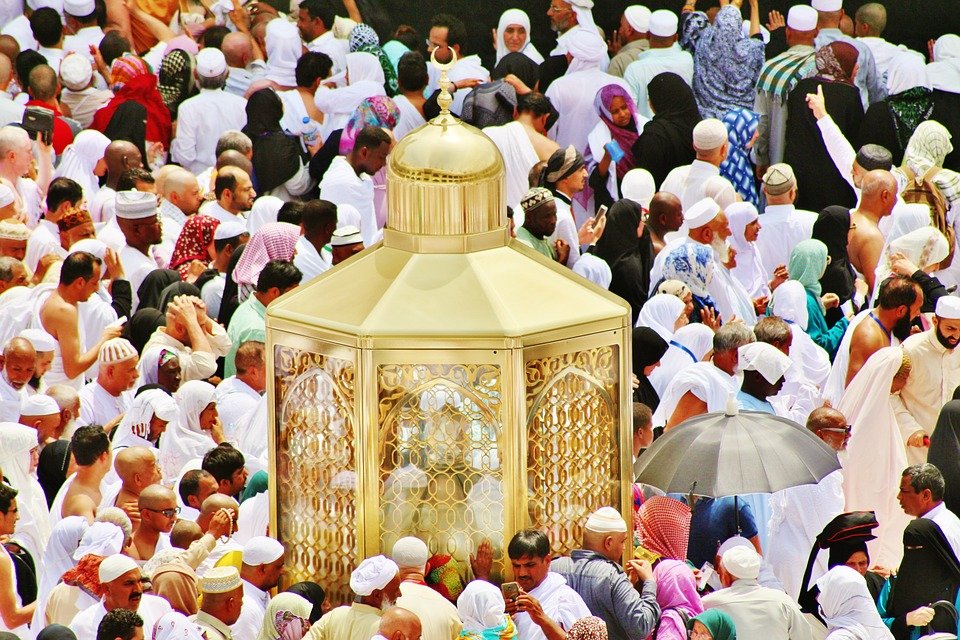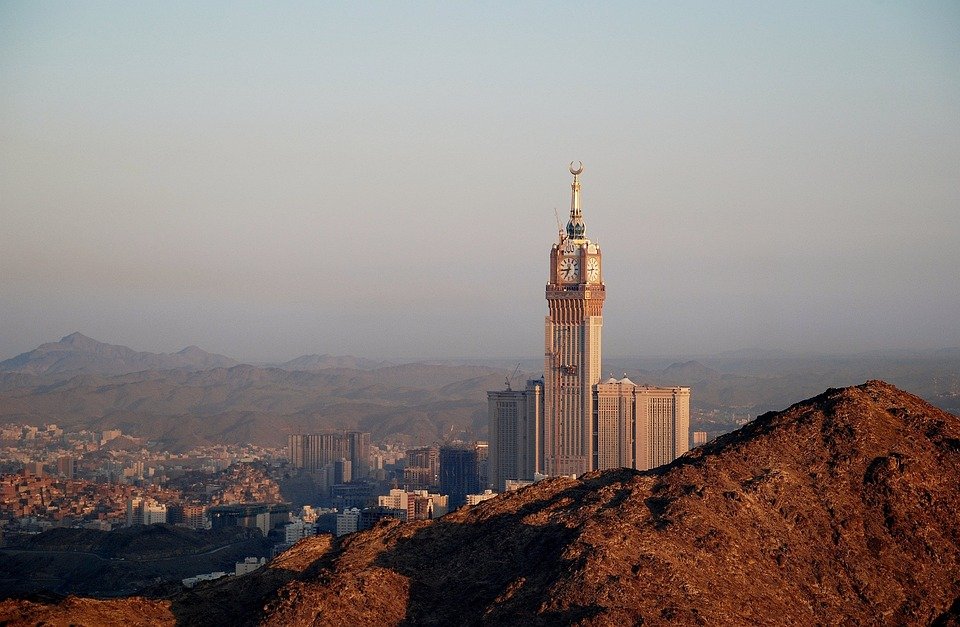You are here to read: What Clothes Are Worn During Hajj: A Complete Guide – A Thoughtfully Written Guide Offering Spiritual Wisdom and Travel Advice for Every Pilgrim who is going on holy journey of Hajj or Umrah.
When it comes to the topic of what clothes are worn during Hajj, it is essential to understand the significance and specifications surrounding this sacred pilgrimage. Hajj is not just a physical journey but a spiritual one as well, marked by specific rituals, including the clothing worn by pilgrims. This article will provide you with a comprehensive guide on what clothes are worn during Hajj, ensuring that you have all the necessary information to prepare for this life-changing experience. As you read on, I believe you’ll find valuable insights and tips that will assist you in making the best choices for your attire.
In my opinion, understanding what clothes are worn during Hajj is not merely about aesthetics; it reflects the humility and devotion central to this pilgrimage. The clothing serves as a reminder of equality and unity among all Muslims, as everyone wears similar garments during the rituals. With over nine years of experience in the Hajj and Umrah travel industry at Airlinkhajjandumrah.com since 2016, we bring you our expertise to guide you through “What Clothes Are Worn During Hajj: A Complete Guide.” I feel confident that by the end of this article, you will have a clearer idea of not just what to wear, but also how it connects to the spiritual essence of Hajj.
What Clothes Are Worn During Hajj: A Complete Guide
Understanding the Significance of Clothing for Hajj
Hajj is a journey like no other, filled with spiritual growth and deep reflection. It draws millions of Muslims from around the world to the holy cities of Makkah and Madinah. One of the most essential aspects of participating in Hajj is the clothing. The garments worn during this pilgrimage hold special meaning. They symbolize unity, humility, and equality among all participants, regardless of their backgrounds.
When we put on the specific clothing for Hajj, we step into a role that transcends our usual identities. The attire provides a powerful reminder of our commitment to spiritual elevation. It is fascinating how something as simple as clothing can create a profound sense of togetherness. As we don these outfits, we acknowledge that we are all equal in the eyes of God, shedding worldly attachments and focusing solely on our devotion.
The Ihram: A Unique Attire
The Ihram is the two-piece white garment that men wear during Hajj. It consists of a simple towel-like cloth; one piece wraps around the waist while the other drapes over the shoulder. The simplicity of the Ihram encourages humility and serves as a form of spiritual cleansing. Women, on the other hand, typically wear loose-fitting clothing that covers their entire bodies, with a scarf to cover their hair.
Choosing these garments is not merely about practicality; it’s about aligning our intentions with our actions. The color white symbolizes purity and cleanliness, encouraging participants to leave behind any negativity or distraction. By putting on the Ihram, we make a commitment not just to the pilgrimage but to our faith.
Women’s Clothing During Hajj
Women who participate in Hajj have certain considerations regarding their attire. They must wear loose-fitting clothes that cover their arms and legs. Many choose to wear an abaya, a flowing garment that meets these requirements while allowing for comfort and ease of movement. A hijab, or headscarf, completes the look, providing both modesty and compliance with Islamic guidelines.
You're at the middle of this awesome post at AirlinkHajjandUmrah.com through: What Clothes Are Worn During Hajj: A Complete Guide. Keep reading, it gets better!
Comfort is vital, especially since Hajj involves a significant amount of walking and standing. Selecting breathable fabrics can make a world of difference. Many women opt for cotton or linen to stay cool in the warm climate of Saudi Arabia. It’s also important to remember that the aim is to shift focus from outward appearances to inner spiritual reflection.
Footwear for the Pilgrimage
While clothing sets the tone for spiritual intentions, footwear plays an equally crucial role during Hajj. People usually prefer wearing comfortable sandals or slippers that are easy to slip on and off. This convenience allows participants to perform rituals without hassle, especially when entering mosques or other sacred places.
Closed shoes are generally avoided as they can trap heat and create discomfort. Moreover, sandals help pilgrims connect with the ground, both literally and metaphorically. As we walk on sacred soil, our feet touch the earth that countless others have traversed in their quest for spirituality. Choosing the right footwear can help make this experience more meaningful.
The Importance of Packing Appropriately
Packing the right clothes and accessories for Hajj is crucial. It’s wise to consider the climate and the nature of the pilgrimage. Lightweight and breathable fabrics should be a priority, ensuring that we stay comfortable throughout the various rituals. Each pilgrim should pack a sufficient number of Ihram sets, along with extra clothing for unexpected circumstances.
First-time pilgrims may find it beneficial to do some research on local customs regarding dress code. Staying respectful of the surrounding culture while maintaining our Islamic values is key. This attention to detail enhances our experience and promotes harmony among fellow participants. We share not just a physical space but also a collective spirit.
Cultural Variations in Attire
While the Ihram is uniform for all male pilgrims, women’s clothing can vary significantly based on cultural backgrounds. Different nationalities often add their unique flavors to their garments. For example, women from Indonesia might wear colorful batik pieces underneath their abayas, while those from the Gulf countries may opt for traditional dresses.
This diversity of attire adds an interesting layer to the pilgrimage. It illustrates how Hajj serves as a melting pot of cultures, blending different customs with shared beliefs. Everyone is equal on this journey, even as they express their individuality through clothing. This unity in diversity reflects the essence of what Hajj represents.
Final Thoughts on Attire during Hajj
In conclusion, the clothing we choose to wear during Hajj carries immense significance. From the simplicity of the Ihram to the comfort of appropriate footwear, every element serves a purpose. It’s not just about style; it’s about intention, humility, and connection with the divine.
As we prepare for this holy pilgrimage, let’s remember the deeper meaning behind our attire. By focusing on our spiritual goals rather than worldly distractions, we can enhance our Hajj experience. Let our clothes be a sign of our shared faith, reminding us that, together, we partake in something far greater than ourselves.
That wraps up What Clothes Are Worn During Hajj: A Complete Guide. Thanks for sticking with us till here! Share this: What Clothes Are Worn During Hajj: A Complete Guide with your friends.
Check our homepage at Air Link Hajj & Umrah for more awesome updates.
Some interesting posts are: 1: Umrah Mubarak, 2: When is Umrah closed 2026?, 3: When does Umrah start after Hajj 2026?
Mushu, an experienced Saudi Arabia traveler and writer, shares insightful tips and spiritual reflections to enhance Hajj and Umrah journeys for fellow pilgrims. He has been to Makkah and Madina from 2016 to 2023 many times and his posts will reflect this.






